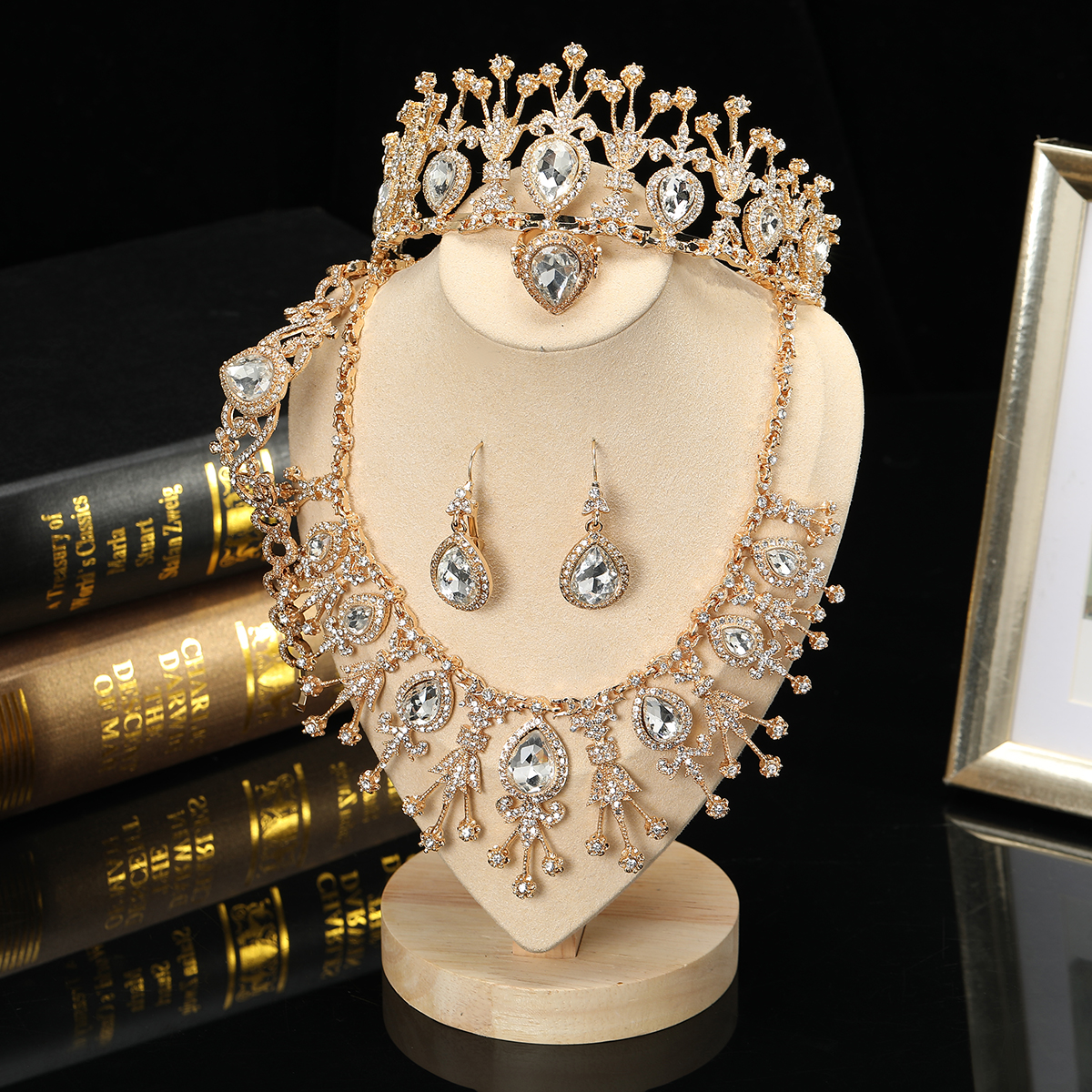
Jewelry Companies in Tajikistan
Tajikistan, a landlocked country in Central Asia, is rich in cultural heritage and natural resources, including gemstones and precious metals. While the country’s jewelry industry is not as globally recognized as its regional counterparts in India or China, it has a growing local market supported by traditional craftsmanship and access to raw materials like gold, silver, and gemstones.
Overview of the Jewelry Industry
Tajikistan’s jewelry industry primarily caters to local consumers, emphasizing traditional designs that reflect the country’s rich cultural heritage. Jewelry items such as bracelets, necklaces, earrings, and rings often feature intricate patterns inspired by Persian and Central Asian art. The demand for custom-made jewelry is also significant, particularly for weddings and cultural events, which are central to Tajik traditions.
Notable Jewelry Companies
Several small to medium-sized companies operate in Tajikistan’s jewelry market, along with independent artisans who specialize in handcrafted designs.
1. Tajik Gems
Tajik Gems is a notable company leveraging the country’s access to high-quality gemstones such as rubies, turquoise, and lapis lazuli. The company focuses on both the domestic and export markets, offering unique jewelry pieces that highlight Tajikistan’s natural resources.
2. Gold and Silver Artisans
This group of independent jewelers and small workshops works with locally mined gold and silver to create traditional Tajik designs. Their products are highly sought after for weddings, with gold jewelry symbolizing prosperity and good fortune.
3. Dushanbe Jewelers
Based in the capital city, Dushanbe Jewelers is a prominent name offering modern and traditional jewelry designs. The company serves urban customers looking for high-quality, customizable jewelry.
4. Somoni Gold
Named after the Tajik currency, Somoni Gold is a boutique company focusing on premium gold jewelry. Their designs are a blend of modern and traditional styles, appealing to younger demographics in urban areas.
Local Artisans
In rural areas, jewelry production is often a family tradition passed down through generations. Artisans produce unique, handcrafted pieces using traditional techniques, often incorporating gemstones from Tajikistan’s Pamir Mountains. These artisans contribute significantly to the preservation of cultural heritage while serving local markets.
Challenges
Despite its potential, Tajikistan’s jewelry industry faces several challenges:
Limited Access to Global Markets: High tariffs and lack of infrastructure hinder the export potential of locally made jewelry.
Informal Market: A significant portion of the industry operates informally, making regulation and quality control challenging.
Economic Constraints: The country’s economic challenges limit domestic purchasing power, restricting the growth of the luxury market.
Opportunities for Growth
The jewelry industry in Tajikistan has room for development, especially through:
Tourism: Leveraging the country’s growing tourism sector to promote locally made jewelry as souvenirs.
Export Markets: Strengthening partnerships with international markets to increase the global reach of Tajik jewelry.
Technology Adoption: Using modern tools and techniques to improve production quality while maintaining traditional craftsmanship.
Conclusion
Tajikistan’s jewelry industry, though small, is deeply rooted in the country’s cultural and natural heritage. With proper investment in marketing, infrastructure, and technology, Tajik jewelry companies have the potential to thrive both locally and internationally.



Leave a Reply